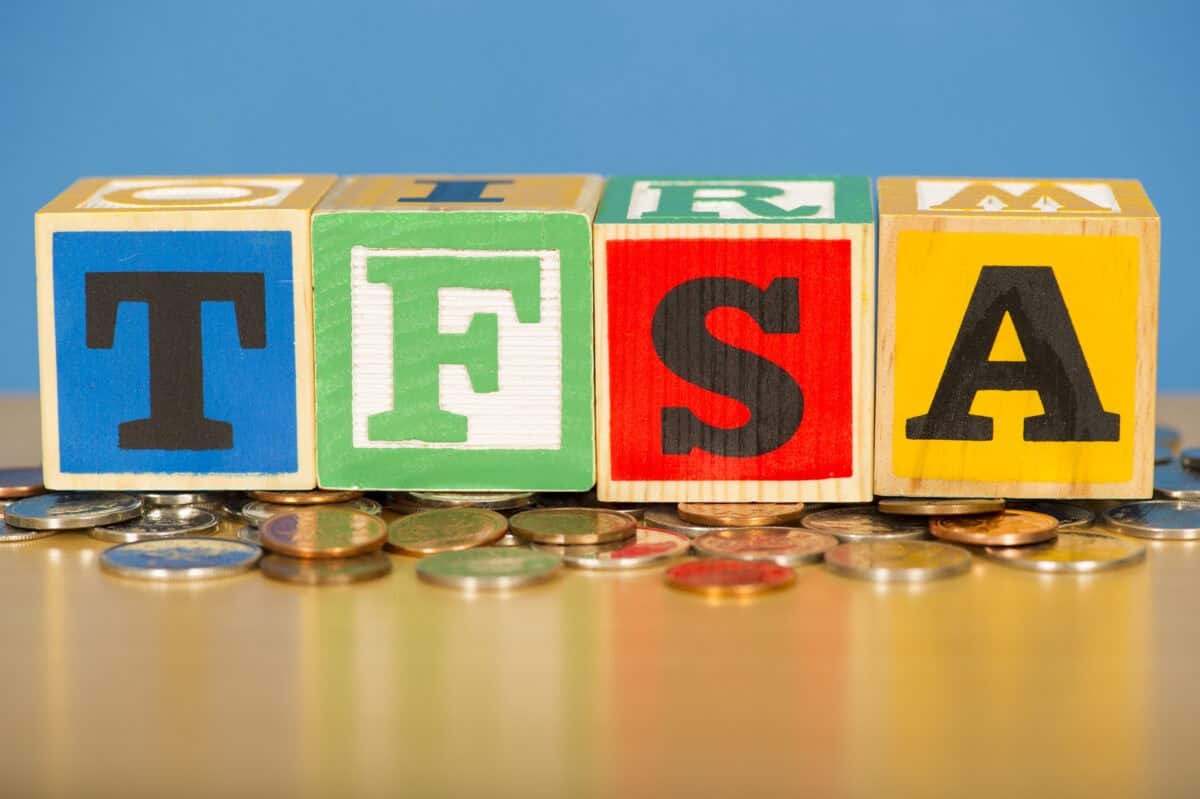The 2025 Tax-Free Savings Account (TFSA) contribution limit is out, and if you haven’t heard yet, it’s $7,000. That’s the same as 2024 and up from $6,500 in 2023.
If you maxed out your TFSA in 2024, this is what you can now add in 2025. But it’s not always that simple—your actual contribution room can vary depending on your age, when you became a Canadian resident, and whether you’ve made withdrawals from your TFSA.
To help you figure it out, I’ll use this handy calculator from MoneySense to walk through some scenarios. To wrap it up, I’ll suggest an exchange-traded fund (ETF) pick that could make the most of your $7,000 TFSA contribution.
Scenario #1
Let’s say you were a resident of Canada before 2010, born in 1990, and you’ve never contributed to a TFSA. As of 2025, your total contribution room would be a whopping $102,000.
This is the maximum amount because the TFSA was introduced in 2009, and every year since then has had an annual contribution limit. These limits accumulate for eligible Canadians who haven’t used their room, regardless of whether they’ve opened a TFSA.
If this sounds like your situation, you’ve got an incredible opportunity to build a tax-free nest egg. Just make sure not to exceed your limit, as the Canada Revenue Agency (CRA) imposes steep penalties for over-contributions.
Scenario #2
If you’re an international student who became a resident of Canada in 2024, your TFSA contribution room for 2025 would be $14,000.
This calculation includes the $7,000 limit for 2024 (the year you became eligible) and the $7,000 limit for 2025. TFSA contribution room does not backdate to before you were a resident, so the earlier years’ contribution limits won’t apply in this case.
This amount still offers plenty of opportunity to start building tax-free investment gains, so if you’re in this situation, consider prioritizing your TFSA contributions to maximize its benefits over time.
Scenario #3
For an older investor born in 1970 who has been contributing to a TFSA for years but has also made withdrawals, calculating the new contribution room can be a bit tricky. This individual has contributed $56,000 to their TFSA so far and withdrawn $23,000 in previous years.
Here’s how it works: Withdrawals made in previous years get added back to your available contribution room for the following year. This means, along with the standard $7,000 contribution room for 2025, the $23,000 they withdrew earlier is reinstated. As a result, their total available TFSA contribution room for 2025 is $69,000.
This demonstrates how withdrawals can temporarily reduce your account balance but won’t affect your long-term contribution potential—so long as you don’t over-contribute in any given year.
The bottom line
The bottom line is that regardless of your situation, the TFSA offers incredible benefits—especially if you invest smartly. For me, that means staying diversified and keeping fees low to maximize your long-term returns.
An ideal ETF candidate for your TFSA is BMO S&P/TSX Capped Composite Index ETF (TSX:ZCN).
This ETF provides exposure to over 250 Canadian stocks across small-, mid-, and large-cap companies, all for a rock-bottom expense ratio of just 0.06%.

